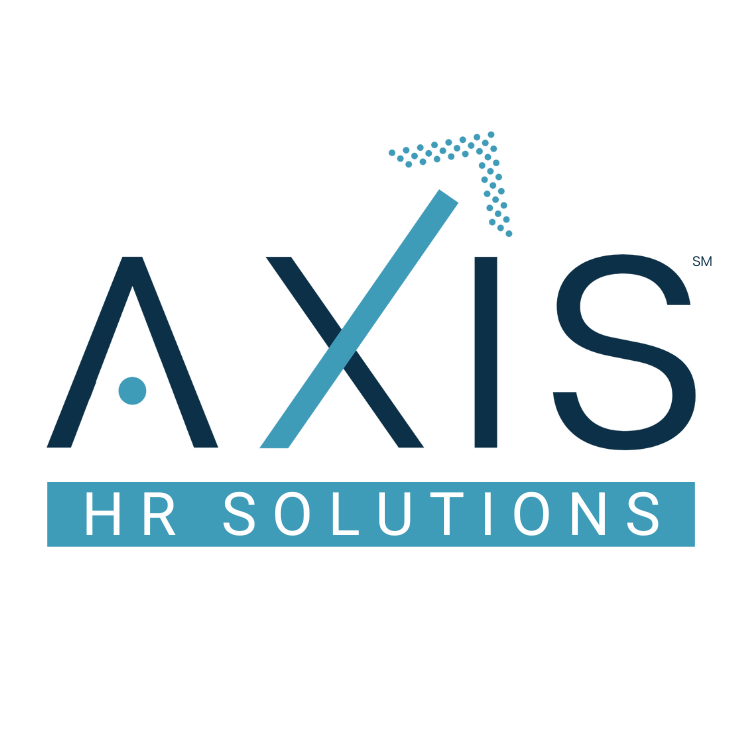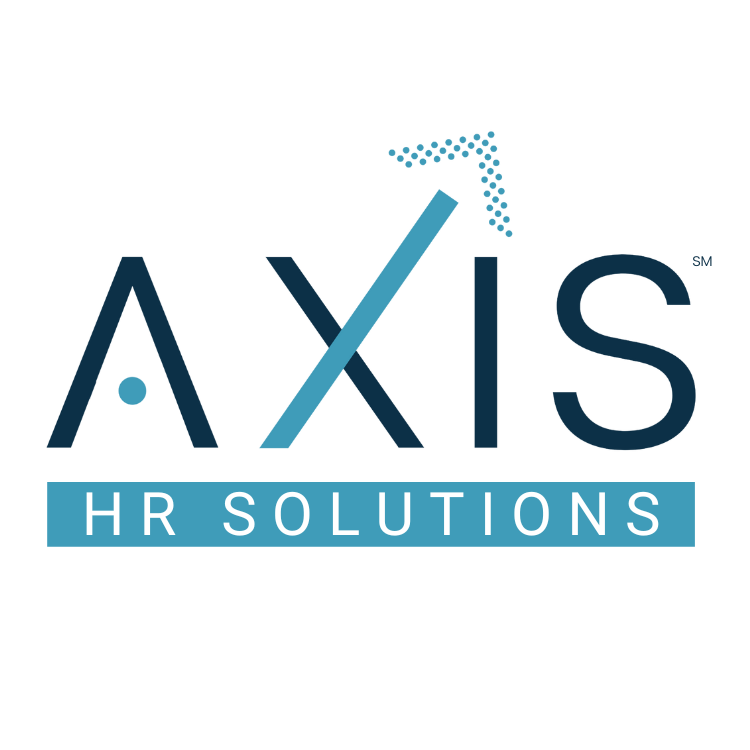Administering a 401(k) plan is a team effort, requiring the expertise of HR staff, the plan’s recordkeeper, and an ERISA attorney. When a company that sponsors a 401(k) or other retirement plan sells the business, a call early in the process to the company’s ERISA attorney can help identify options and create a plan to address potential issues. The following questions are just a few that may need to be answered before the transaction’s closing date.
Is the transaction structured as a sale of assets or a sale of the owner’s stock or membership interests? The transaction structure may impact how the 401(k) plan is treated.
If the transaction is a sale by the company of all its assets, then the company will terminate its employees on or before the closing of the sale. The company will be responsible for terminating its 401(k) plan.
If the transaction is a sale by the owner of stock or membership interests in the company, the 401(k) plan will continue post-closing unless the buyer requires that selling company terminate the plan before the transaction’s closing date.
Does the 401(k) plan include matching or profit-sharing accounts that are not fully vested? If the plan is terminated, the account balance of any participant (active or terminated) not fully vested prior to the sale must be made fully vested at plan termination.
If the company is selling a portion of its assets, and terminating some but not all its employees, the Tax Code’s partial termination rule may require that employees who terminate during the transaction period be fully vested in their accounts. The partial termination rule applies when the plan’s turnover rate for the period is at least 20%.
Does the 401(k) plan allow for participant loans? At plan termination, all outstanding participant loan balances become due. If a participant does not have other assets to pay off their loan, the loan balance will be treated as a taxable distribution to the participant. This tax consequence can be avoided if both the terminating plan and the participant’s new employer’s plan allow for rollovers of loans.
Are there any uncashed distribution checks or missing participants? These items will need to be addressed as part of the termination and wind down of the plan. For those participants who are missing, the plan’s fiduciary must take those steps suggested by the Department of Labor to locate missing participants, including using free online search engines and social media to locate the individual, sending a letter via certified mail to the participant’s last known address, and using a death search to determine if the participant is still alive. If the fiduciary cannot locate the missing participant after the plan’s termination, then it may transfer the account balance to the PBGC under its Missing Participants Program.
Does the 401(k) plan include investments such as a stable value fund or guaranteed investment contract that impose a fee on the plan’s complete withdrawal from the fund? Recent volatility in the bond market may trigger a market value adjustment provision in these investment funds that will reduce the amount available for distribution upon plan termination. If the 401(k) plan includes such investments, then the company should discuss with its advisors the liquidation of this investment and the timing of distribution to participants.
Must the company give participants advance notice of plan termination? When a company engages in a sales transaction, it is not required to provide participants with advance notice of the 401(k)-plan termination. IRS regulations include a specific exception from the 30-day advance notice requirement that applies when terminating a safe harbor plan. Most companies provide notice of plan termination when the transaction closes.
What legal documents are required to terminate a 401(k) Plan? The company’s directors or manager must adopt written resolutions authorizing the plan’s termination as of a certain date and approving the adoption of any amendments necessary to maintain the plan’s qualified status. The resolutions may delegate certain individuals the fiduciary authority necessary to wind down the plan. They may mention that a final profit-sharing or discretionary matching contribution will be made concerning compensation paid before the plan’s termination date. If the plan’s termination date is mid-plan year, IRS compensation limits are pro-rated based on the length of the short plan year. The plan document may require that notice of termination be given to the plan administrator and trustee.
In a stock sale, the buyer may require that seller set the plan’s termination date at least one day before the scheduled closing date and that the company adopts termination resolutions on or before the plan’s termination date. By requiring the pre-closing plan termination date in a stock sale transaction, the parties avoid the successor plan rule that would otherwise require the company’s plan to be merged into the buyer’s 401(k) plan after closing.
What steps are involved in winding down the 401(k) plan? The recordkeeper will need to perform final ADP and ACP testing for the short plan year. IRS form 5500 must be filed for any plan year in which assets remain in the trust. The company will want to determine how fees for these services will be paid. If fees are to be paid from plan assets, the company may want the plan to prepay the fees before allowing distributions to participants.
Each 401(k) plan and sale transaction is unique, and additional questions may arise while assembling a closing checklist. A 401(k) plan fiduciary acts prudently when they engage experts to advise them on the process to follow when terminating a 401(k) plan in connection with the sale of a business.



